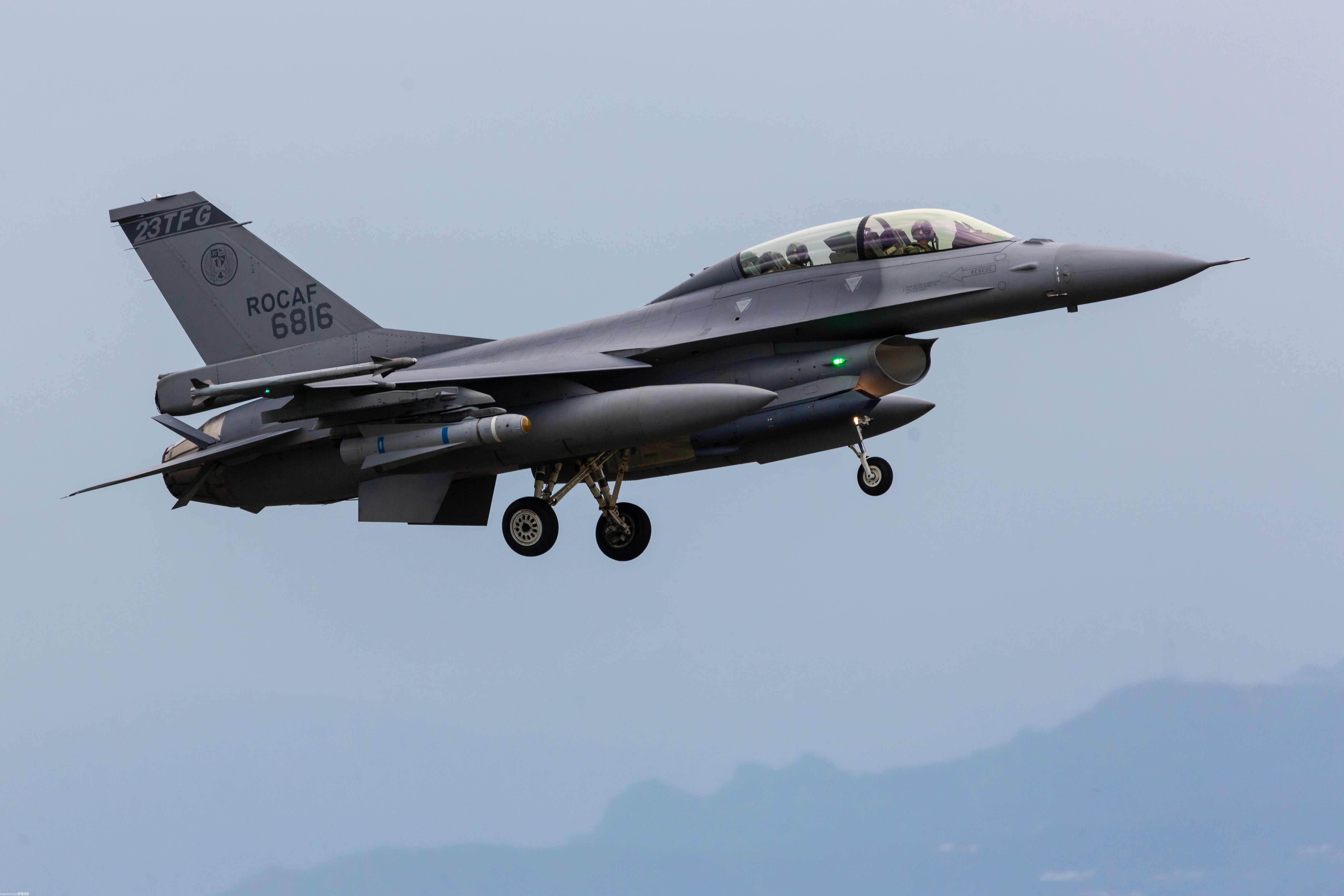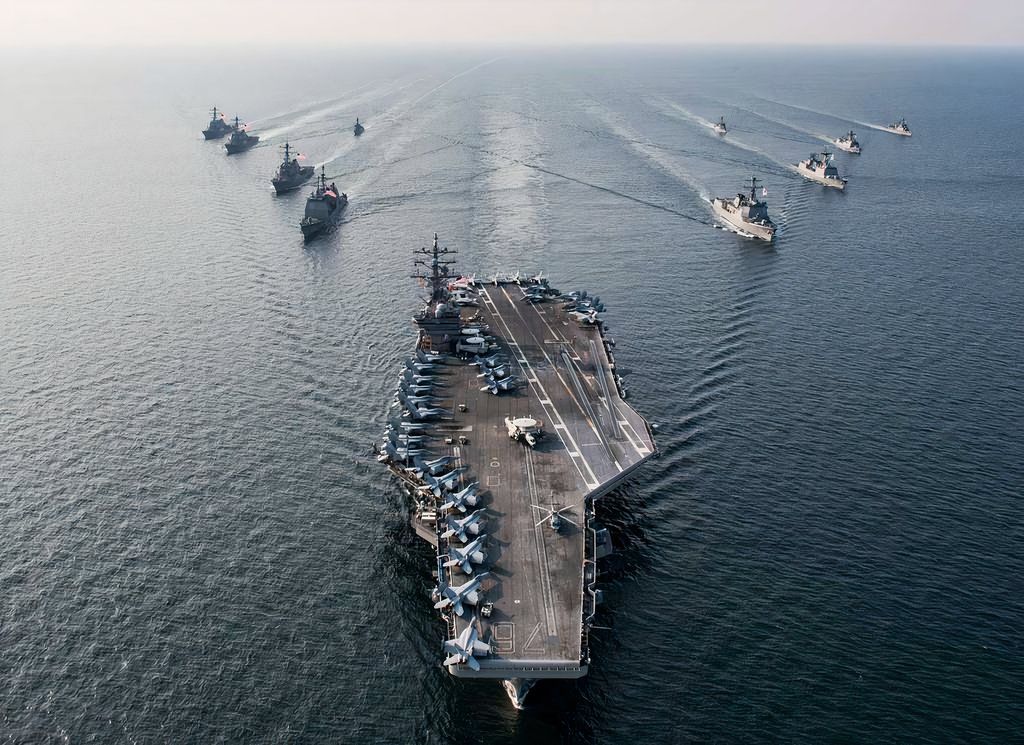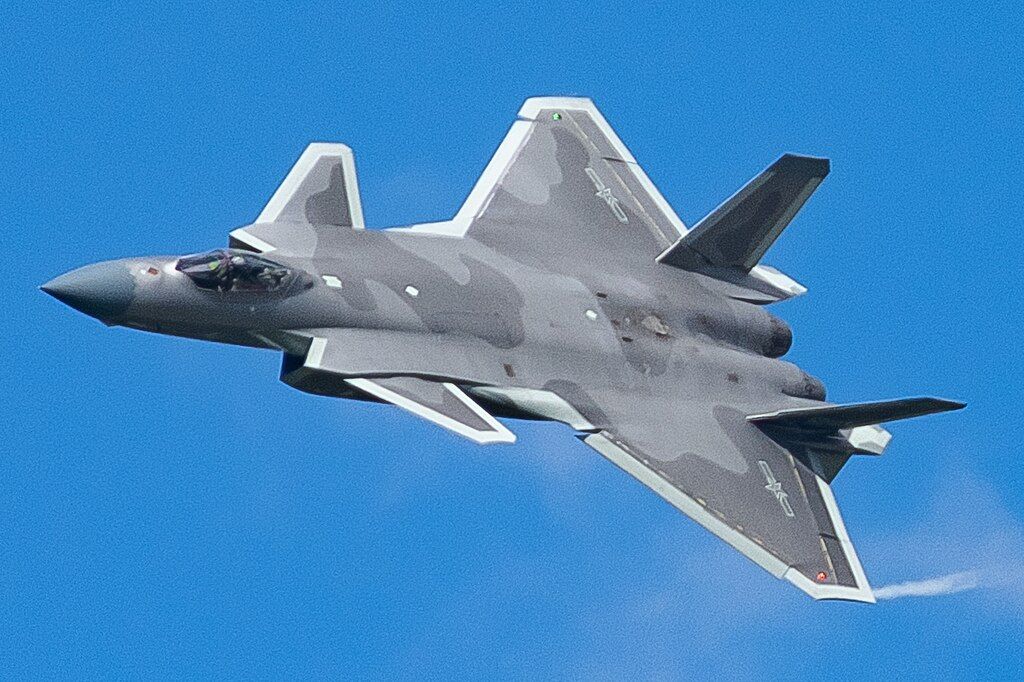Summary
- US, Japan, Taiwan face massive losses in full-war scenario but prevail in almost every time
- US expected to lose hundreds of aircraft along with 2 aircraft carriers
- China to lose most of Air Force, Navy, and 125k servicemen
The United States and China now find themselves locked in Great Power Competition (even as former powers like Russia dominate many of the headlines in Ukraine). The US continues to pivot to the Pacific and is preparing to be ready in case of war with China. This does not mean war is inevitable, but it does mean the US’s thinking is ever more to counter an increasingly assertive China in the region. If China were to invade Taiwan and if the US were to intervene directly with the war restricted to the Taiwan theater, how many US Air Force and Navy aircraft would the United States be expected to lose?
Center for Strategic and International Studies (CSIS) 2022 wargame
The estimates in this article are those wargamed by the think-tank Center for Strategic and International Studies (CSIS) in 2022. CSIS wargamed what was considered the most likely scenarios (although the possibilities of what could happen in the real world are endless). The wargame was set for 2026. It should be noted that no one knows the future, and major events frequently don’t pan out as anticipated.
China was predicted to run on the assumption it would have to fight the US directly if it invaded Taiwan. Consequently, China started the war with massive missile attacks on US bases in Guam, Japan, and elsewhere – including any US Naval forces within reach (an opening attack reminiscent of Pearl Harbor).
The war game modeled Japan and Australia being drawn into the war. In the opening days of the war, the US, Japan, and Taiwan are expected to suffer massive losses. But as more US assets arrive in the theater – spearheaded by F-35s – US-led forces are expected to play havoc with the Chinese invasion forces and systematically destroy China’s committed air force, navy, and logistical supply capabilities. The wargame showed that after three weeks of incredibly intense fighting, any army China had landed on Taiwan could be cut off from resupply and forced to surrender.
Massive losses for the US-led allies
While most wargaming suggests China fails to capture Taiwan, US losses are expected to be very high. The US is expected to lose over 20,000 in casualties – of these, around 3,200 would be killed.
Most of the US’s losses are expected from the first day or days when China is expected to launch a massive surprise attack on US assets throughout the region, with modeling indicating the US loses around 2 aircraft carriers. Each US super carrier has around 5,000 personnel onboard. These carriers greatly drive up the expected casualties while also introducing a lot of uncertainty in the numbers (if the carriers are not sunk, the US casualties will be far lower). The US Navy is expected to lose 10 to 20 large ships.
Photo: ChenHao_Kuo | Shutterstock
|
Combat aircraft losses: |
United States: |
Japan: |
US/Japan total: |
|---|---|---|---|
|
Base scenario: |
270 (206 USAF) |
112 |
382 |
|
Pessimistic scenario (favors China): |
484 (12 USAF) |
161 |
645 |
|
Optimistic scenario (favors US/Taiwan/Japan): |
200 (151 USAF) |
90 |
290 |
90% of allied aircraft lost are expected to be destroyed on the ground by Chinese missile attacks (or on aircraft carriers). It is worth bearing in mind that the US is taking stock of these wargames and is adapting. The US Air Force is taking measures to disperse its aircraft around the Pacific and establish a network of stronger airbases across the Pacific.
The US, Taiwan, and Japan air arms were modeled to lose over 640 aircraft in the worst-case scenario. In the pessimistic scenario, the CSIS states, “U.S. air losses varied greatly from game to game, from a low of 90 to a high of 774 in these iterations.” According to the Financial Times, wargames suggested that the US loses between 168 and 372 aircraft – most of these were destroyed on the ground at air bases.
Photo: US Navy
The Taiwanese military is expected to be severely battered, with much of the air force wiped out. Tawian’s military emerges from the war unbroken and still standing. Little is expected to remain of Taiwan’s combat flight jet fleet.
Japan is expected to be drawn into the conflict and would likely lose some 100 combat aircraft and 26 warships. Japan is equally worried about the rise of China in the region. Japan also hosts US Air Force and Naval bases, and it enjoys a close relationship with Taiwan.
China’s navy devastated with air force battered
China would lose over 125,000 servicemen (and likely a lot more, including 10,000 dead). Modeling also suggests that most of the Chinese Air Force (PLAAF) along with the Chinese Navy (PLAN) would be destroyed (including 90% of the amphibious fleet). The Chinese Navy is expected to lose 113 to 138 ships. Taiwan is expected to take tens of thousands of Chinese soldiers prisoner.
The Chinese Air Force includes many older airframes that just won’t survive on the modern battlefield against Taiwan and the US. Some newer aircraft, like the J-20 Mighty Dragon, are considered much better, but these are expected to struggle to operate against US F-35s and F-22s.
|
Combat aircraft losses: |
China: |
|---|---|
|
Base scenario: |
155 |
|
Pessimistic scenario (favors China): |
327 |
|
Optimistic scenario (favors US/Taiwan/Japan): |
18 |
Overall, the US Navy and US Air Force are expected to remain intact from the war. As CNN puts it, “At the end of the conflict, at least two US aircraft carriers would lie at the bottom of the Pacific and China’s modern navy, which is the largest in the world, would be in ‘shambles.’” In the pessimistic scenario, CSIS states, “China lost an average of 327 aircraft per iteration, ranging from a low of 48 to a high of 826.”


![7001415 - F-35C arrive as the Lincoln departs [Image 3 of 5]](https://static1.simpleflyingimages.com/wordpress/wp-content/uploads/2024/08/7001415.jpg)


